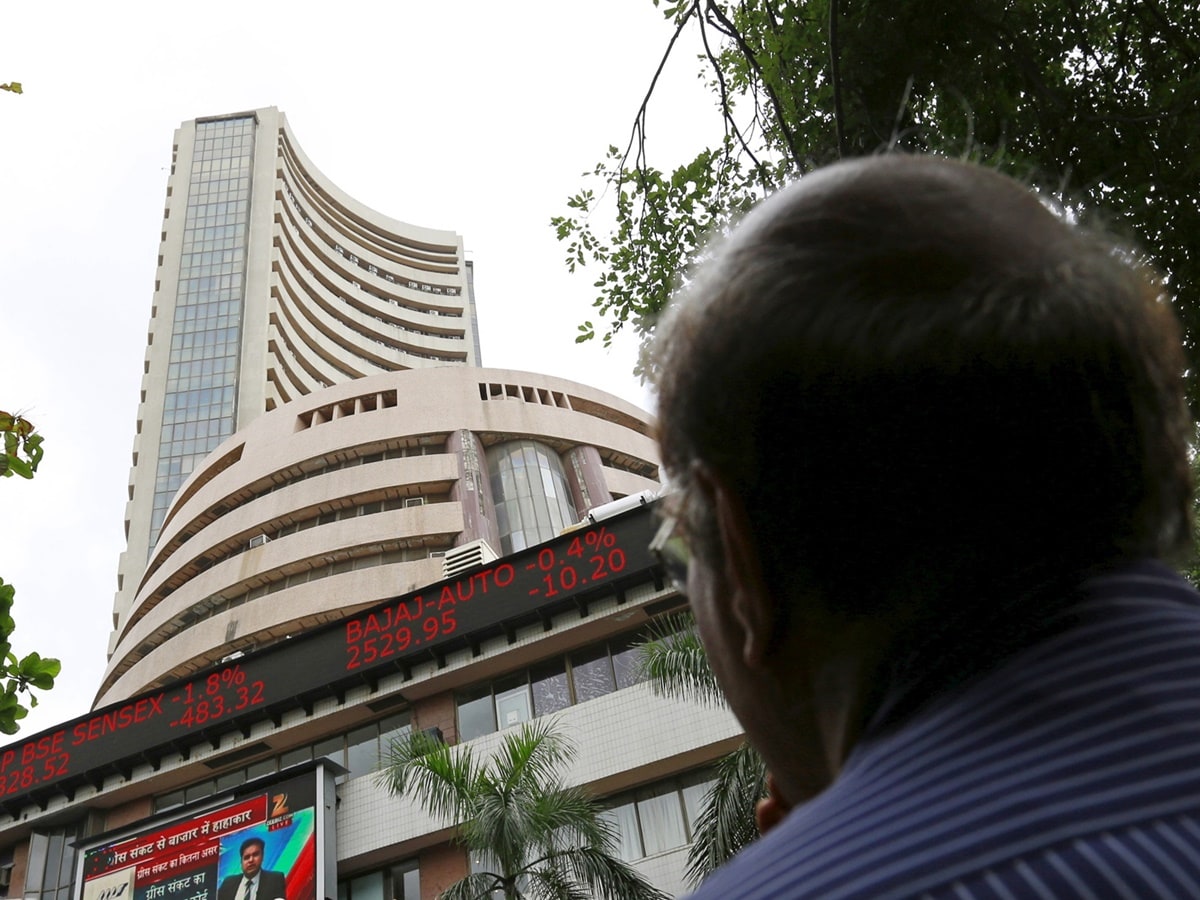Indian Equities End Week in Green, Despite Ongoing Cautious Market Sentiment

Indian equity benchmarks concluded the week on a positive note, with the Nifty 50 rising 0.89% and the BSE Sensex gaining 1.04%, driven by gains in consumer stocks as domestic retail inflation eased, reversing months of high prices. The fourth consecutive weekly gain since July reflects a recovery, albeit one that falls short of the all-time highs recorded in September.
The surge was led by IT stocks, which increased by 0.6%, while telecom services and non-bank lender Bajaj Finance showed significant gains. However, despite the positive trends in consumer stocks due to lower inflation readings, analysts remain hesitant about considering a rate cut before the next month's data. The numbers bring a welcome respite from the high levels of inflation witnessed previously, where CPI inflation eased to 5.48% in November, down from 6.21% in October, mainly due to a decrease in food and beverage prices. Nevertheless, food and urban inflation remain elevated, causing caution among analysts.
The Indian market had opened lower due to Wall Street's negative close, but a strong domestic performance helped the market achieve the week-long upward momentum. Despite concerns about a strengthening dollar potentially leading to imported inflation and renewed selling by Foreign Institutional Investors impacting market growth, the positives outweighed the negatives in the market. Among the top gainers were Bharti Airtel, ITC, and Hindustan Unilever, while Shriram Finance, Tata Steel, and JSW Steel were among the losers. The market sentiment remains cautious, though the current rebound has provided hope for a growth reversal.
Looking ahead, market sentiment is expected to be closely monitored. Even though a fourth straight week of gains indicates a gradual recovery, the weakening of the rupee against the dollar remains a cause for concern. Additionally, food and household inflation rates staying above expected ranges are likely to keep the RBI cautious, while deciding on the timing of its next rate decision. These influences on the market are expected to shape its trajectory in the upcoming weeks.